- 路 Microwave
- 路 Atmospheric Pressure Microwave 路 Pressure Microwave 路 Parallel Microwave
- 路 Ultrasonic 路Low Temperature Ultrasound
- 路 Ultraviolet Light
- 路 Microwave Heating 路 Atmospheric Pressure Synthesis 路 Atmospheric Pressure Catalysis 路 Atmospheric Pressure Extraction
- 路 Sample Preparation 路 Microwave Digestion
- 路 Soil Digestion 路 High Pressure Synthesis
- 路 Solid Phase Synthesis
- 路 Organic Synthesis
- 路 Ionic Liquid Synthesis
- 路 Degradation Of Natural Organic Matter
- 路 Natural Product Extraction / Purification
河北祥鹄科学仪器有限公司
87 A facile strategy toward 3D hydrophobic composite resin network decorated with biological ellipsoidal structure rapeseed flower carbon for enhanced oils and organic solvents selective absorption
This paper, written by researchers from Jiangsu University and others, discusses A facile strategy toward 3D hydrophobic composite resin network decorated with biological ellipsoidal structure rapeseed flower carbon for enhanced oils and organic solvents selective absorption. The paper is published in an important journal < Chemical Engineering Journal >. IF:6.735.
In recent years, the research work of microwave chemical instrument used in the synthesis of materials has become a hot direction of scientific research, which has been paid great attention to by many scholars!
Fabrication of hydrophobic composite resin for enhancing oil-water or organic solvents-water separation applications has become increasingly attractive due to increasing industrial/domestic oily waste water and frequent oil accidents. In this work, firstly, carbonized pollen grain (PG) containing biological structure was prepared with rapeseed flower by the removing impurities, dehydration and calcinations. The morphologies of the synthesized PG show that they are ellipsoidal and hollow particles with length of ca. 30 μm, and pollen shell has a uniform network structure with an average pore size of 1.5 μm. Cross-sectional image of PG shows a palisade-like shell with the thickness of about 1 μm and vast pore canals. Outstanding BET surface area (379.98 m2 g-1) is achieved. Secondly, hydrophobic pollen grain (HPG) was prepared with PG by the surface activation and vinyltriethoxysilane (A151) modification under microwave-treated technique. The static contact angle for deionized water on HPG is 132°, indicating its excellent hydrophobic nature. Furthermore, a series of 3D hydrophobic composite resins (HCR) network decorated with different HPG content were prepared by the method of suspension polymerization under microwave conditions and benzoperoxide as initiator. Enhancing absorption capacities of 16.8 and 58.8 g g-1 to oils and organic solvents, respectively, are achieved. Pseudo-second-order and intra-particle diffusion kinetic models were employed for the corresponding organic solvents and oil absorption. This work represents a low cost, clean, and efficient route to prepare hydrophobic composite resin for absorption of oils and organic solvents with high performance, including absorption capacity, excellent selective separation performance on immiscible oil-water mixtures, good structural stability and reusability.
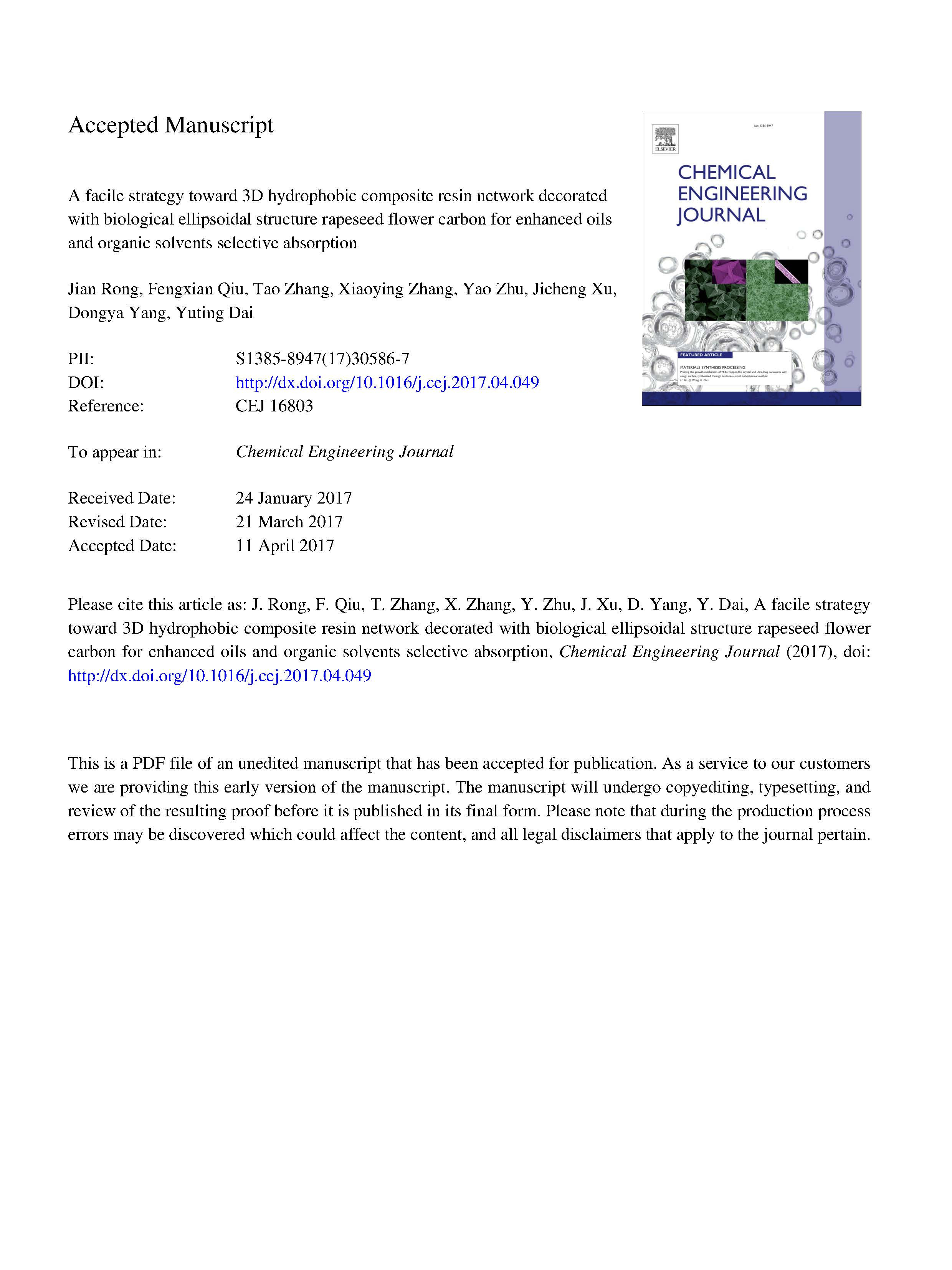
Fig.1/4↑
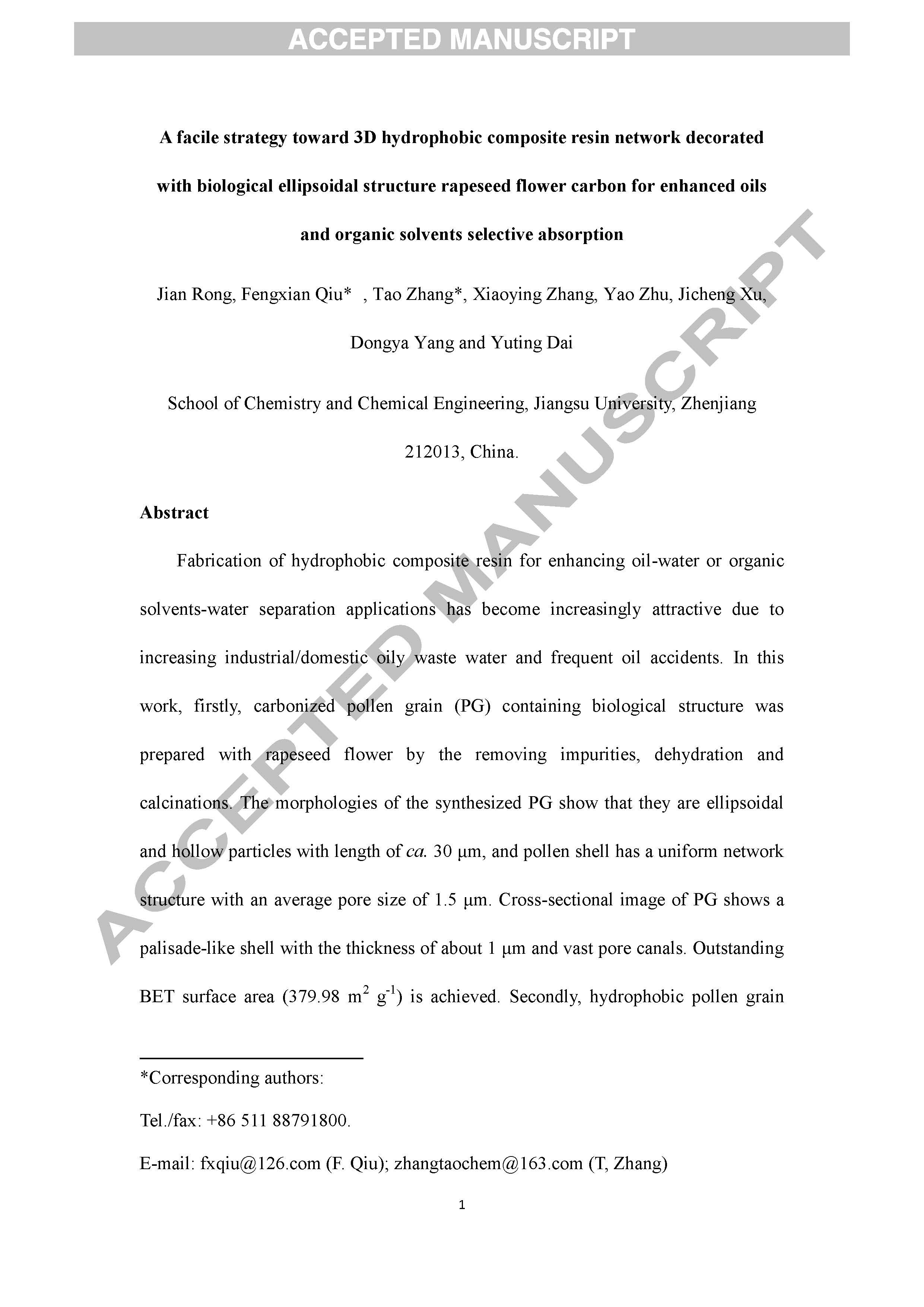
Fig.2/4↑
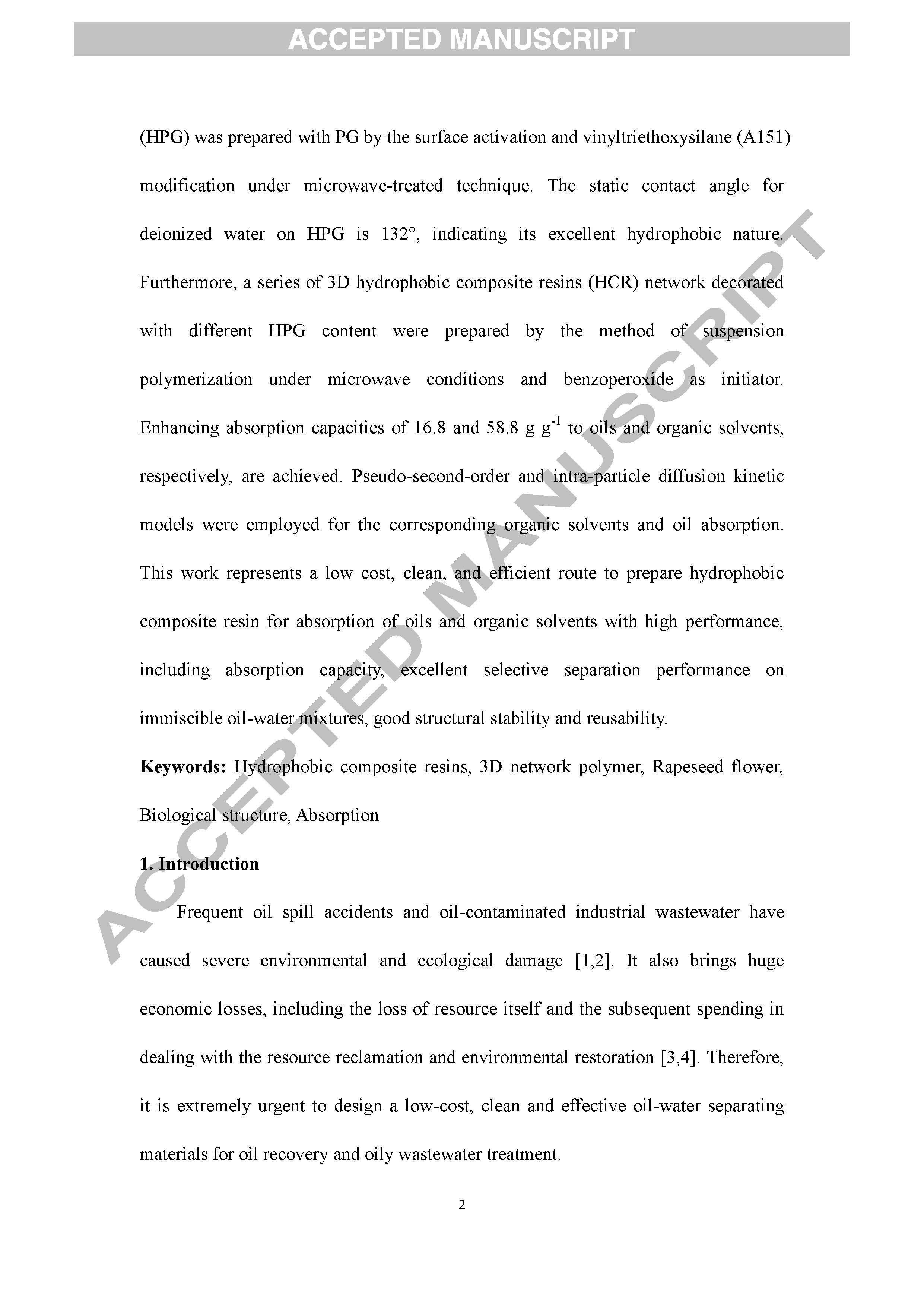
Fig.3/4↑
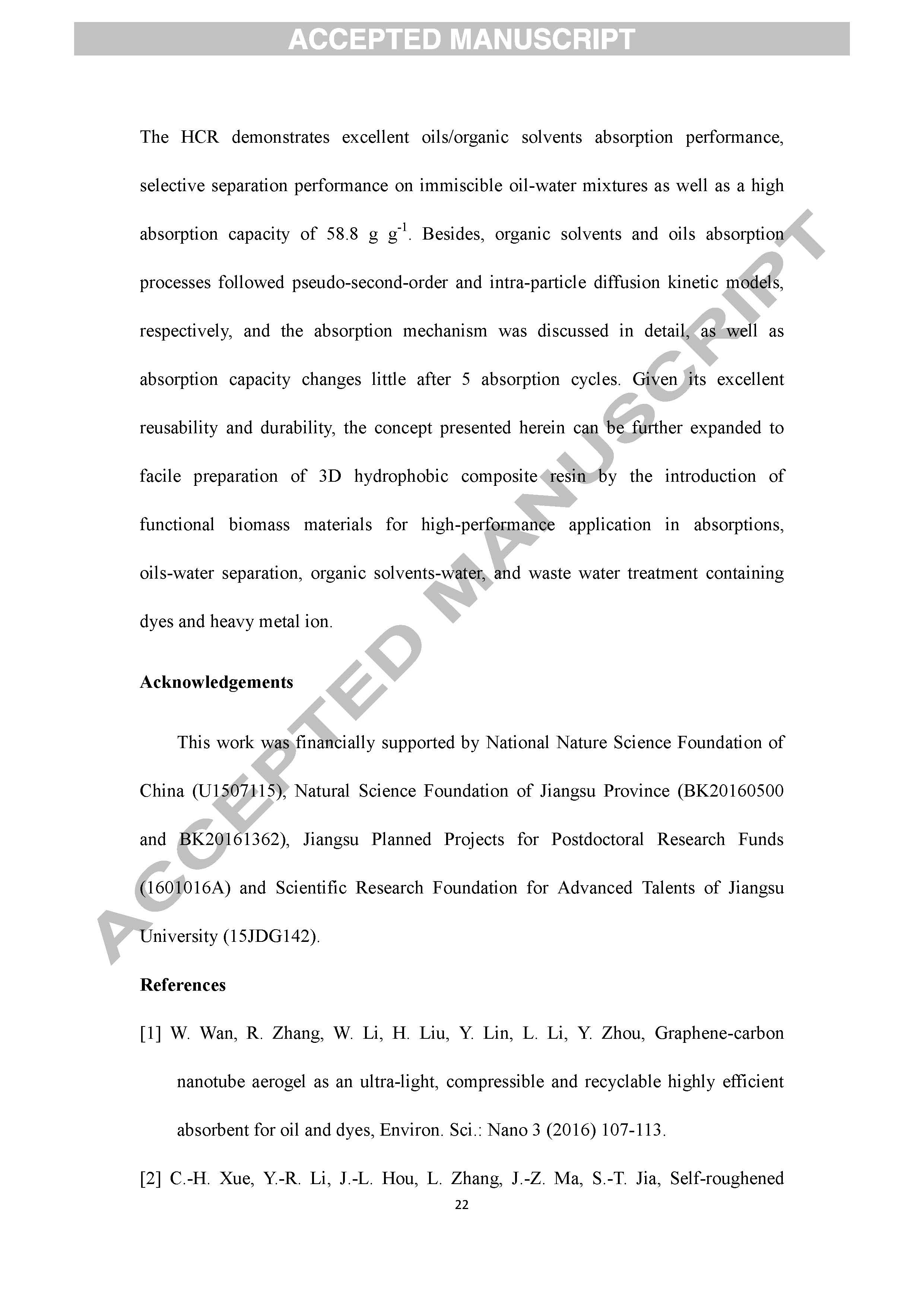
Fig.4/4↑
In summary, 3D hydrophobic composite resin (HCR) network containing ellipsoidal-like rapeseed flower carbon has been successfully synthesized by the method of suspension polymerization under microwave conditions for the first time. The HCR demonstrates excellent oils/organic solvents absorption performance, selective separation performance on immiscible oil-water mixtures as well as a high absorption capacity of 58.8 g g-1. Besides, organic solvents and oils absorption processes followed pseudo-second-order and intra-particle diffusion kinetic models, respectively, and the absorption mechanism was discussed in detail, as well as absorption capacity changes little after 5 absorption cycles. Given its excellent reusability and durability, the concept presented herein can be further expanded to facile preparation of 3D hydrophobic composite resin by the introduction of functional biomass materials for high-performance application in absorptions, oils-water separation, organic solvents-water, and waste water treatment containing dyes and heavy metal ion.
The 3D hydrophobic composite resin (HCR) was synthesized by the method of suspension polymerization under microwave conditions. Typically, a certain amount of polyvinyl alcohol (PVA, as dispersant) was dissolved with deionized water (20 mL) in a three-neck round bottom flask at 90 °C with a continuous magnetic stirring for 30 min. Then a mixture containing BA (6 g), BMA (4 g), MBA (as cross-link agent, 0.15 g), BPO (as initiator, 0.09 g), ethyl acetate (as porogen, 5 g ), hydrophobic pollen grains (HPG) and deionized water (10 mL), was added drop and drop into above PVA aqueous solution in microwave reactor (Xianghu XH-100A, Beijing Xianghu Science and Technology Development Co., Ltd). Then the next four steps were implemented: 40 °C for 15 min (power = 600 W), 60 °C for 15 min (power = 600 W), 70 °C for 15 min (power = 600 W) and 80 °C for 2 h (power = 800 W), respectively. After cooling to room temperature naturally, the sample was washed with deionized water and ethanol three times and dried at 80 °C for 18 h to obtain composite resin. As a comparison, pure acrylate resin (PAR) also was prepared in the absence of HPG; and a series of 3D hydrophobic composite resin (HCR) network decorated with biological structure rapeseed flower carbon with different proportions (mHPG : m(BA+BMA)= 1%, 2%, 3%, 4%, 5% and 6%) were synthesized under the same conditions, denoted as HCR-1, HCR-2, HCR-3, HCR-4, HCR-5 and HCR-6, respectively.








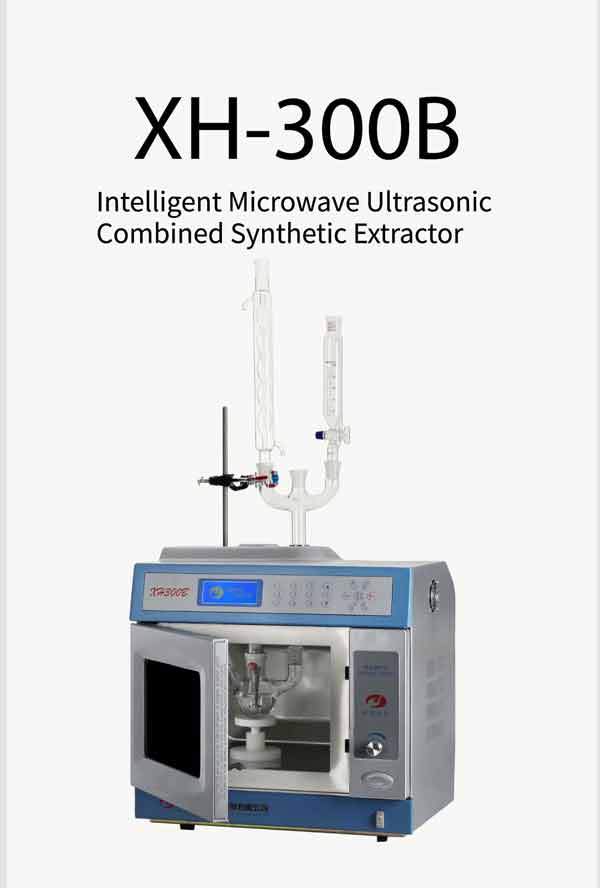

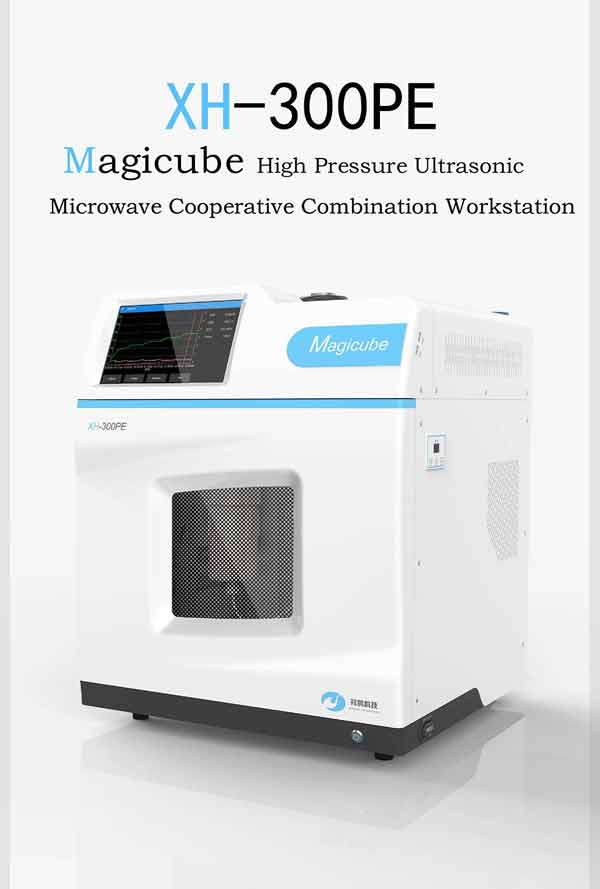
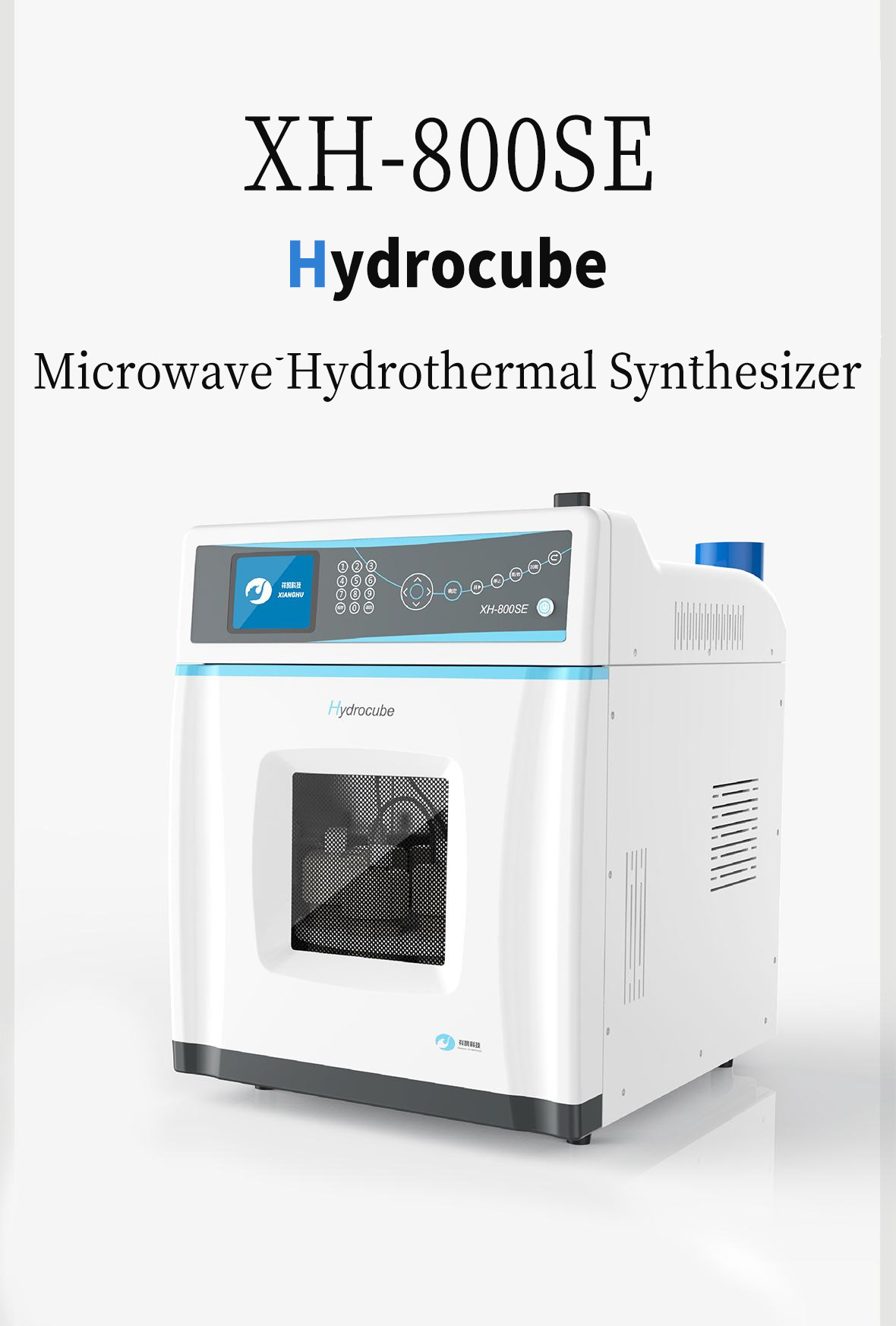
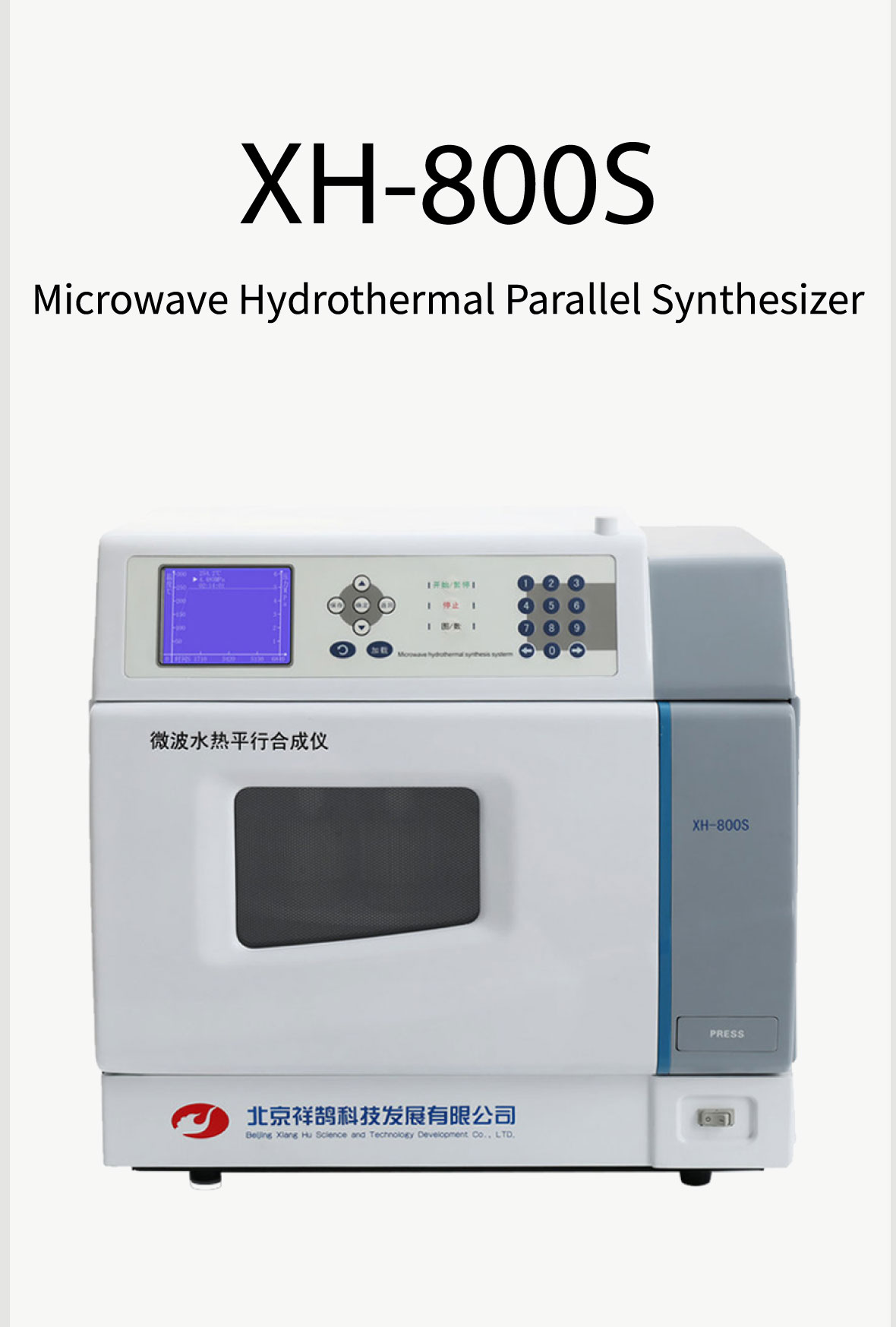
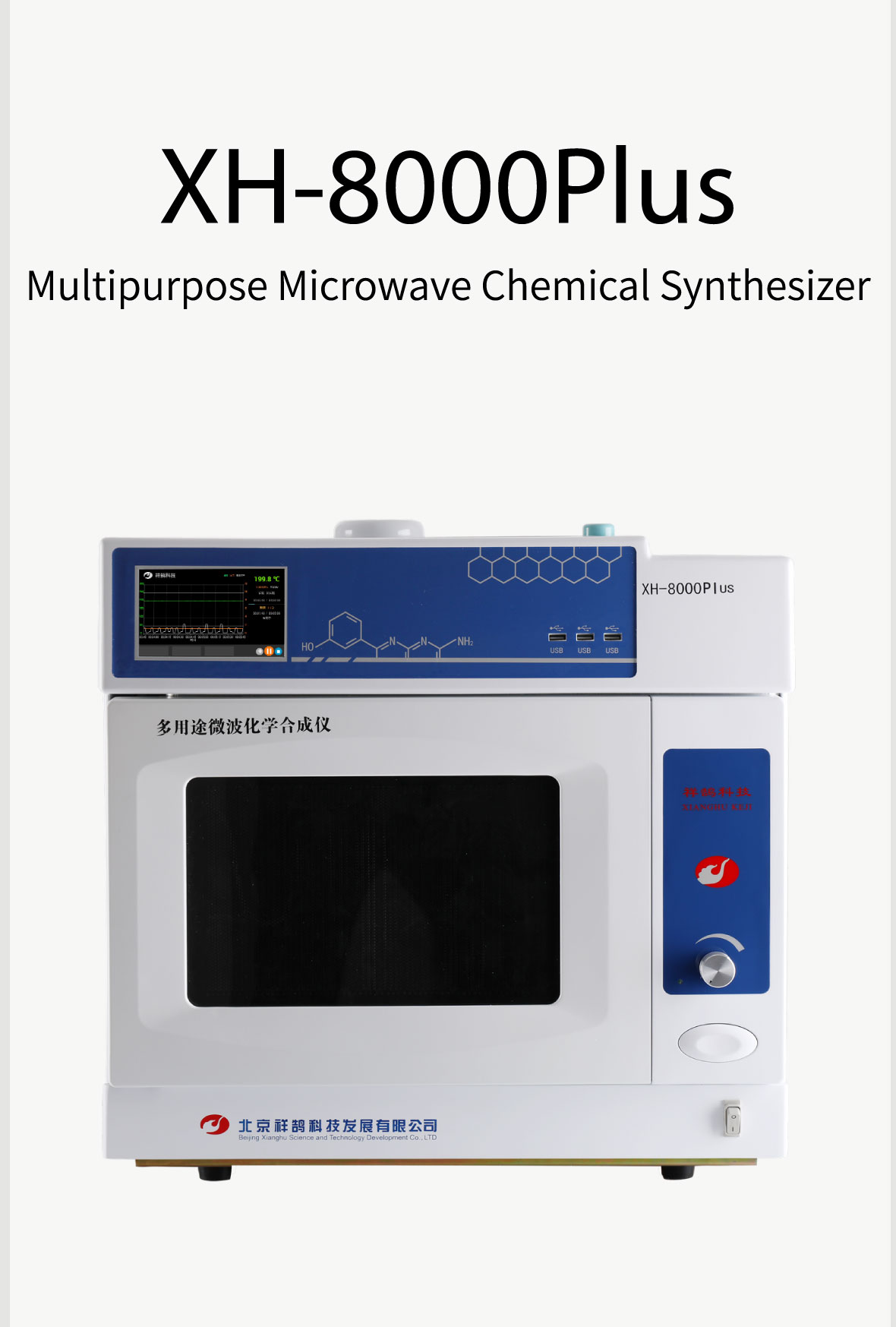
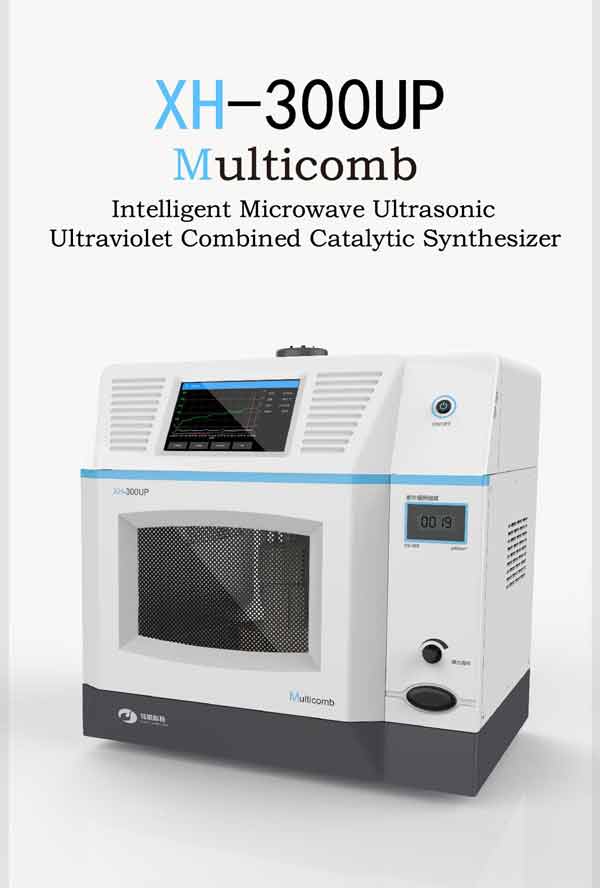
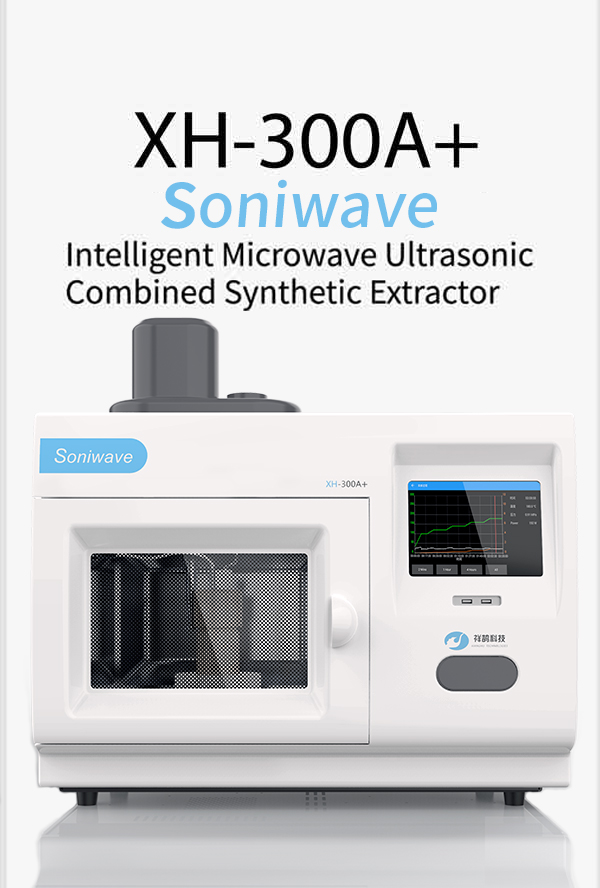

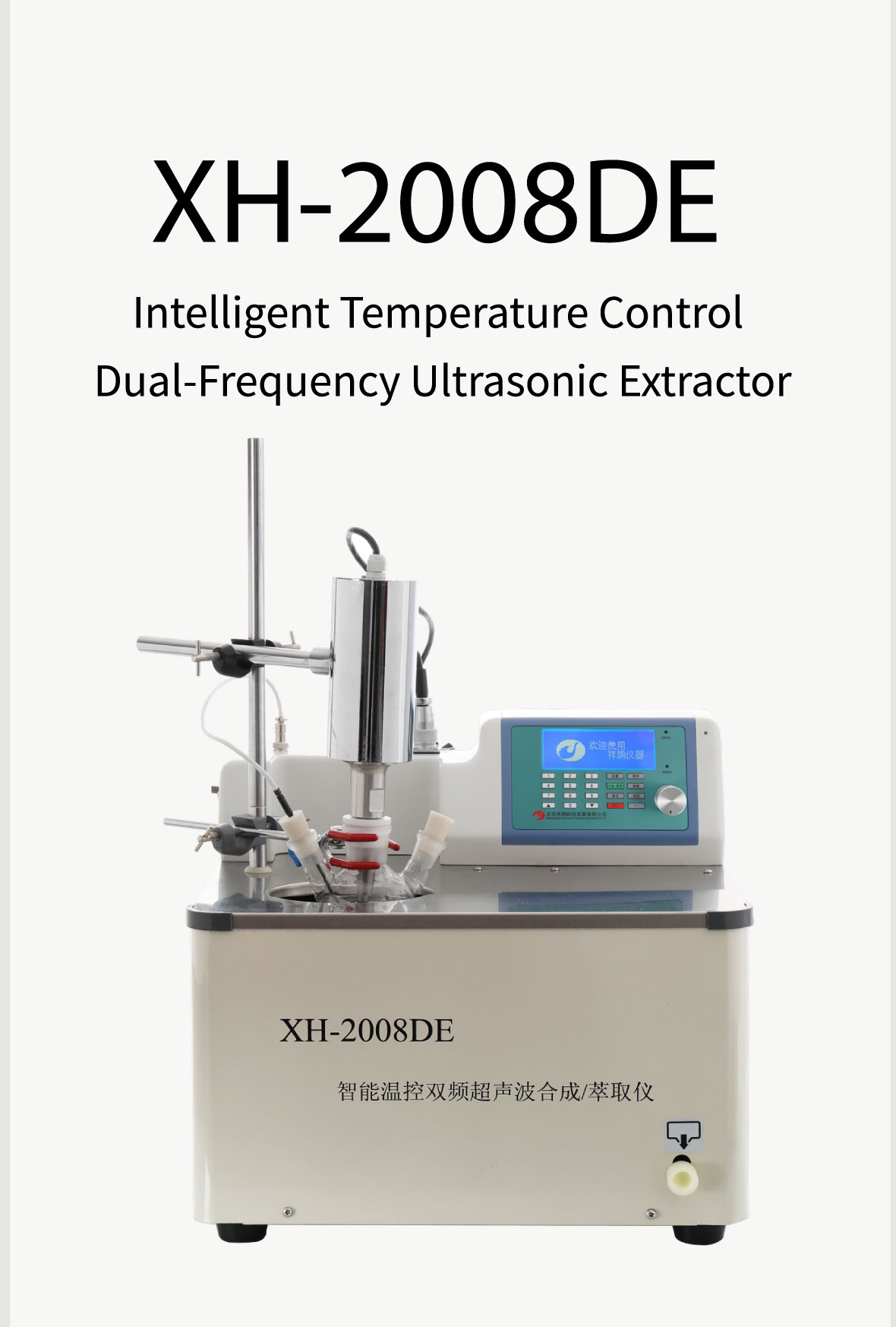



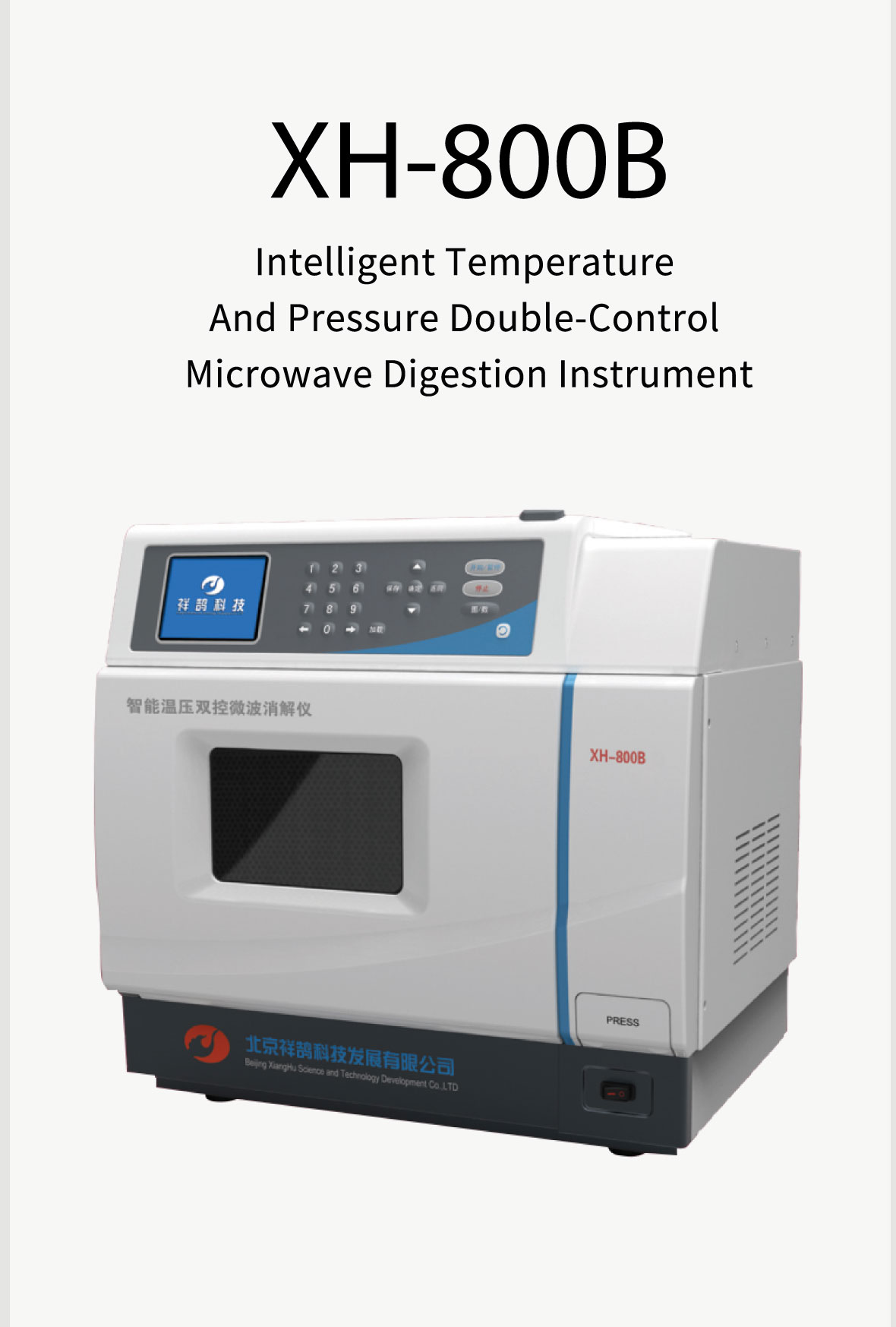

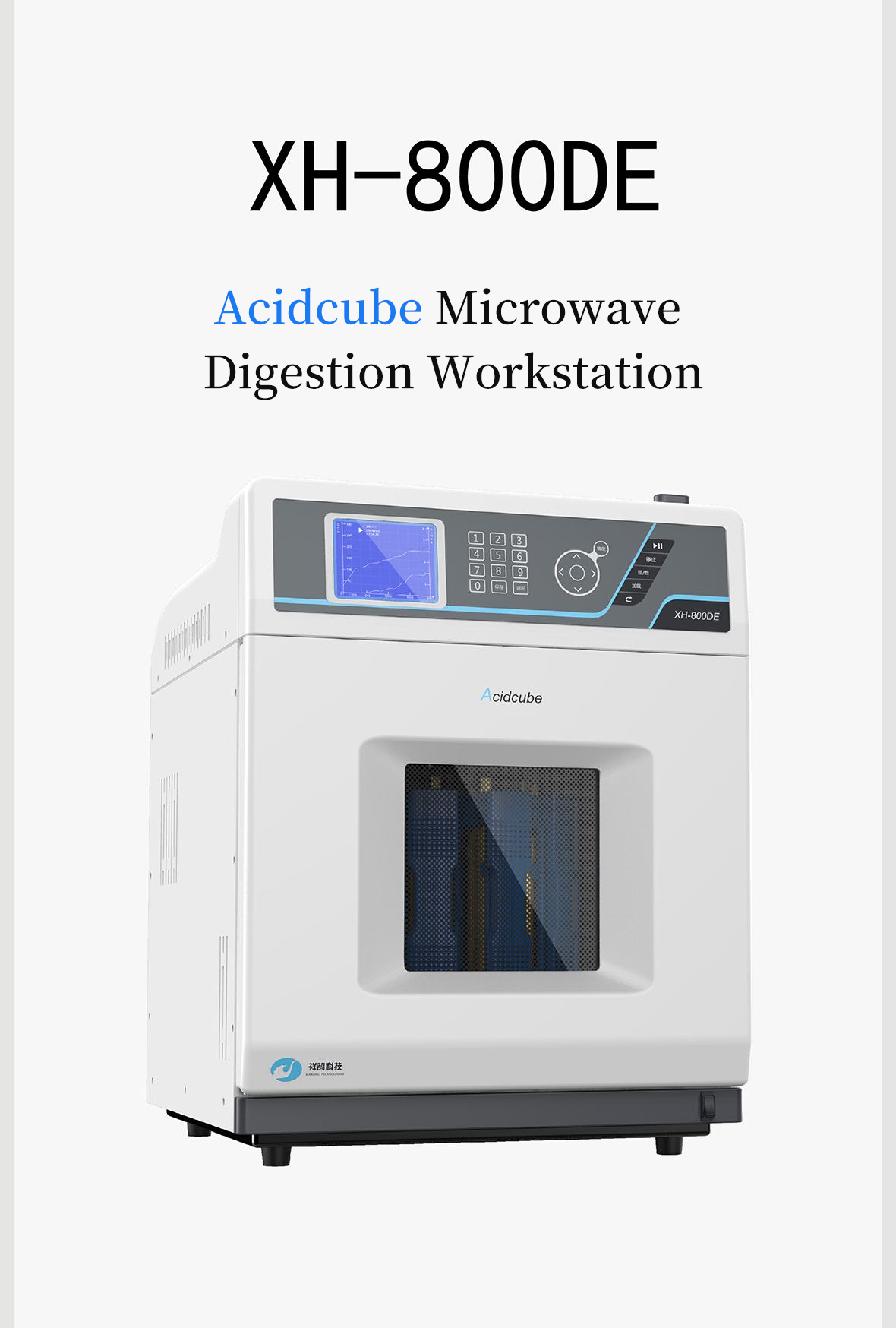

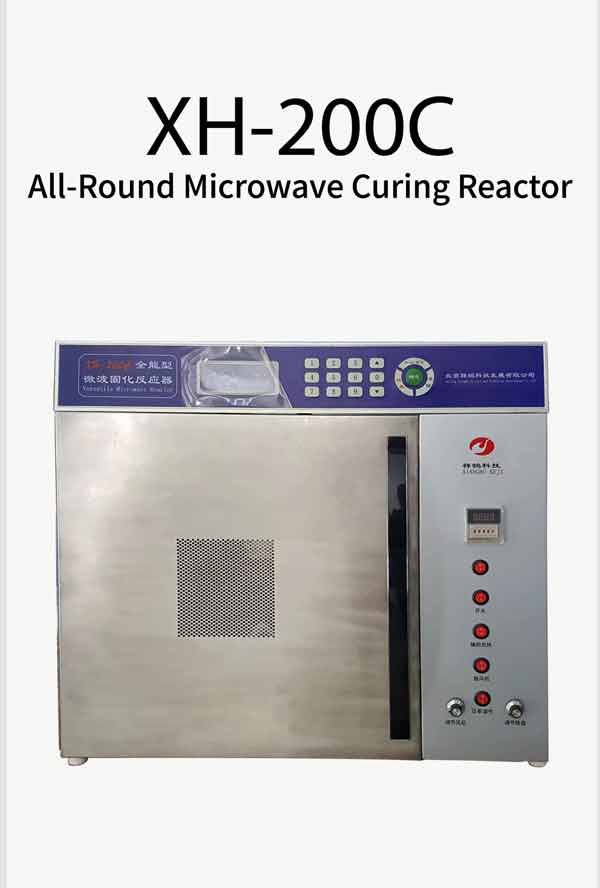
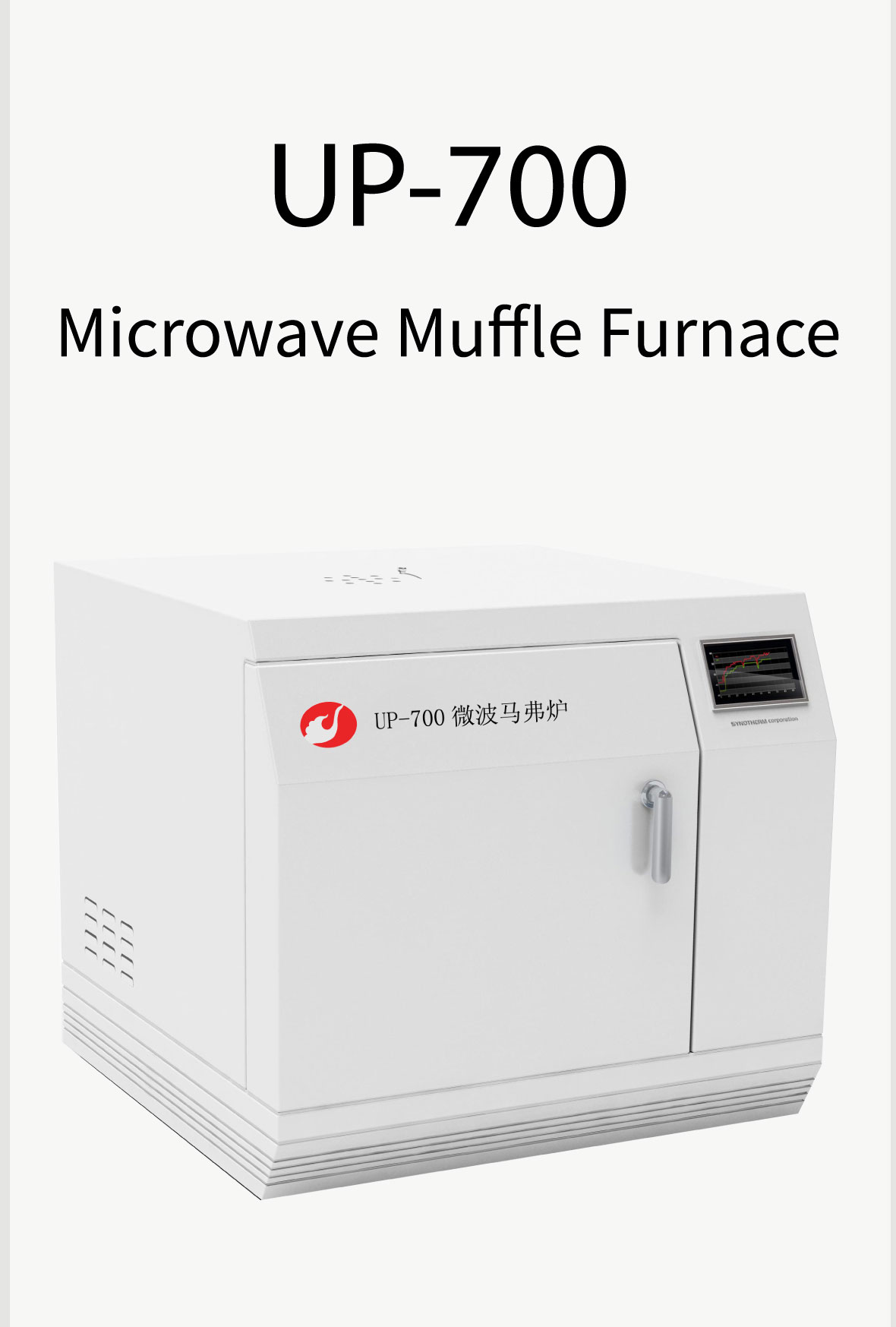

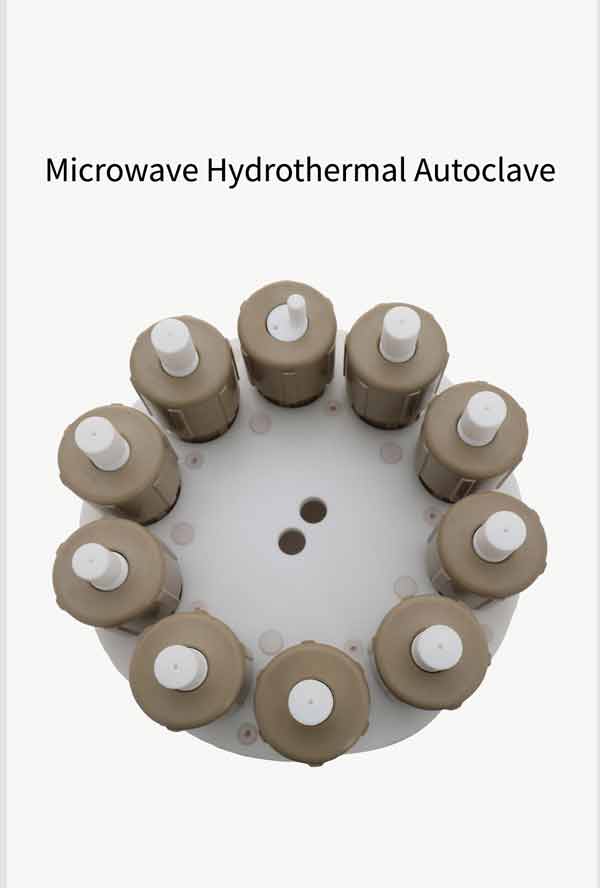

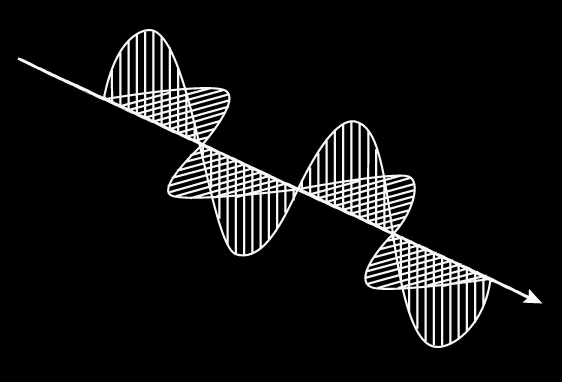

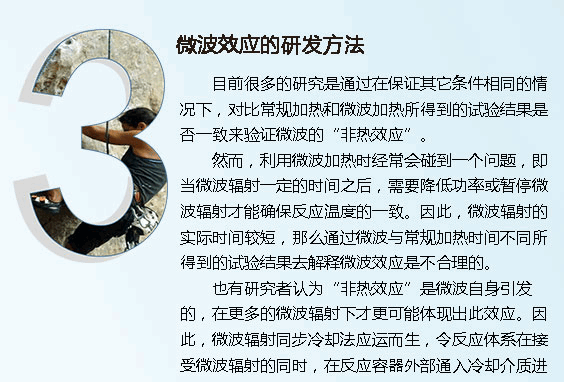
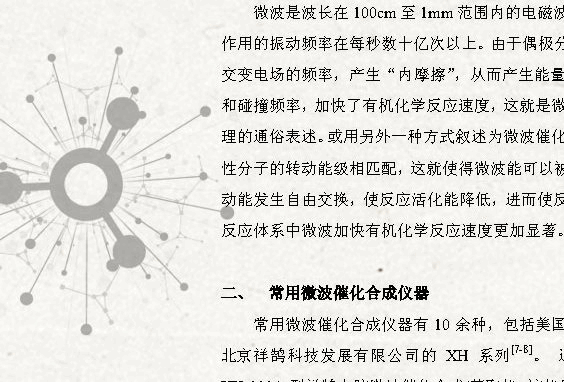

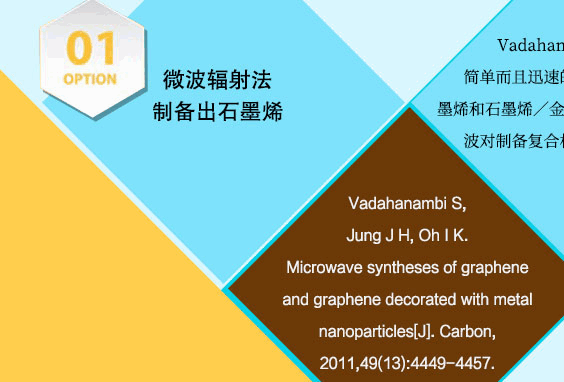



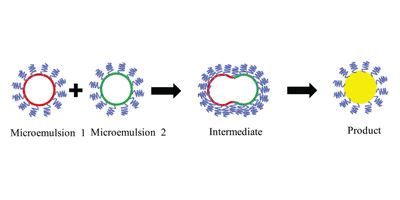
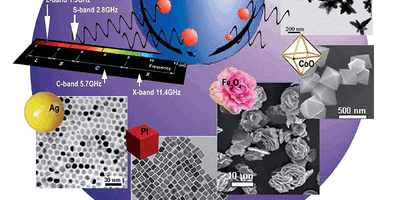
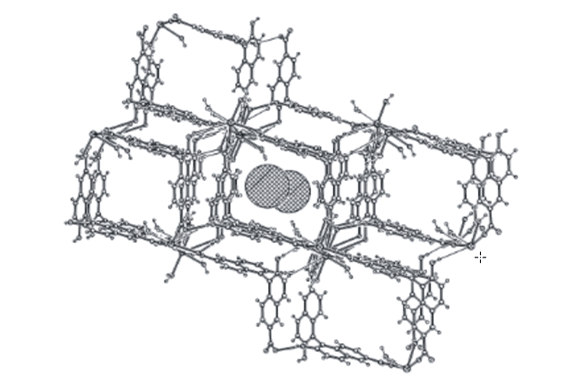
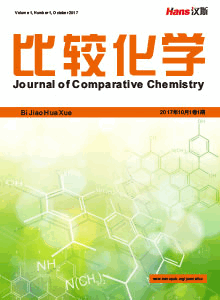
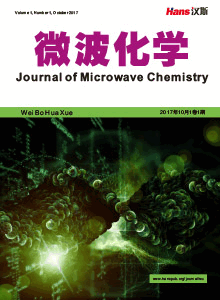
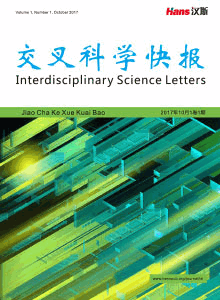




 京ICP备15050585号
京ICP备15050585号

